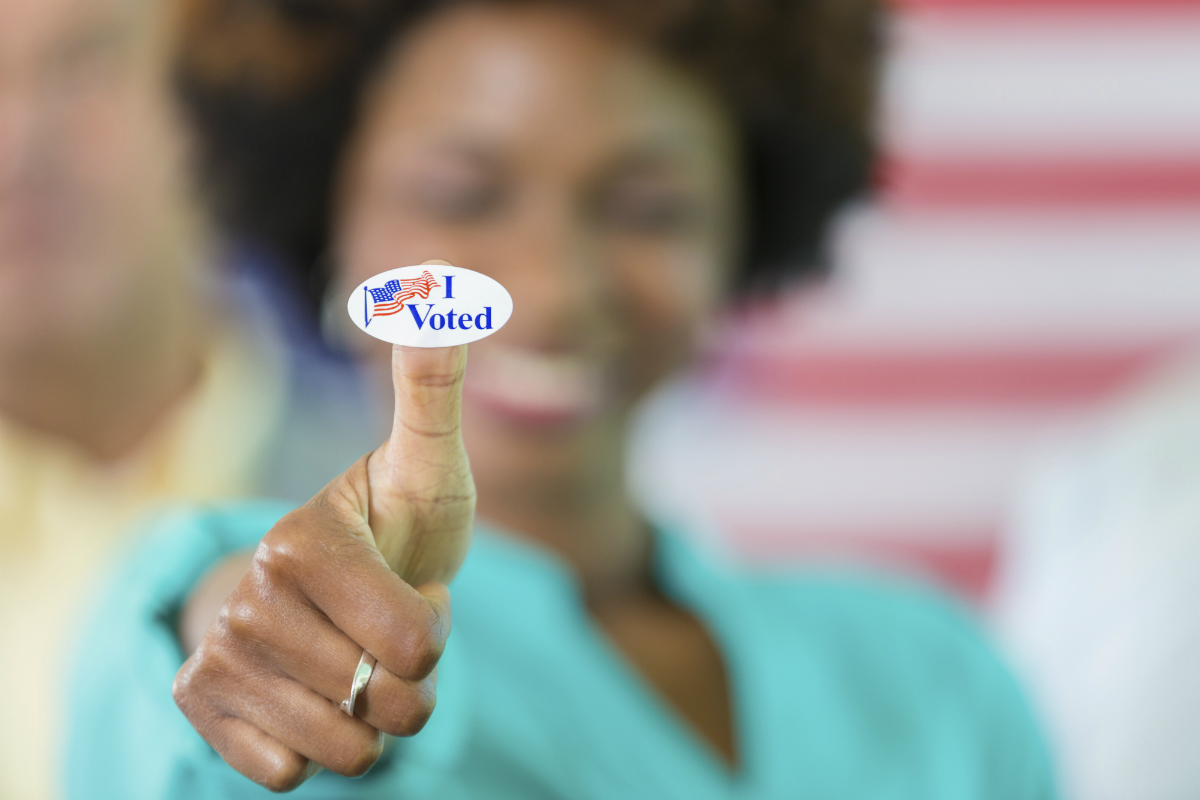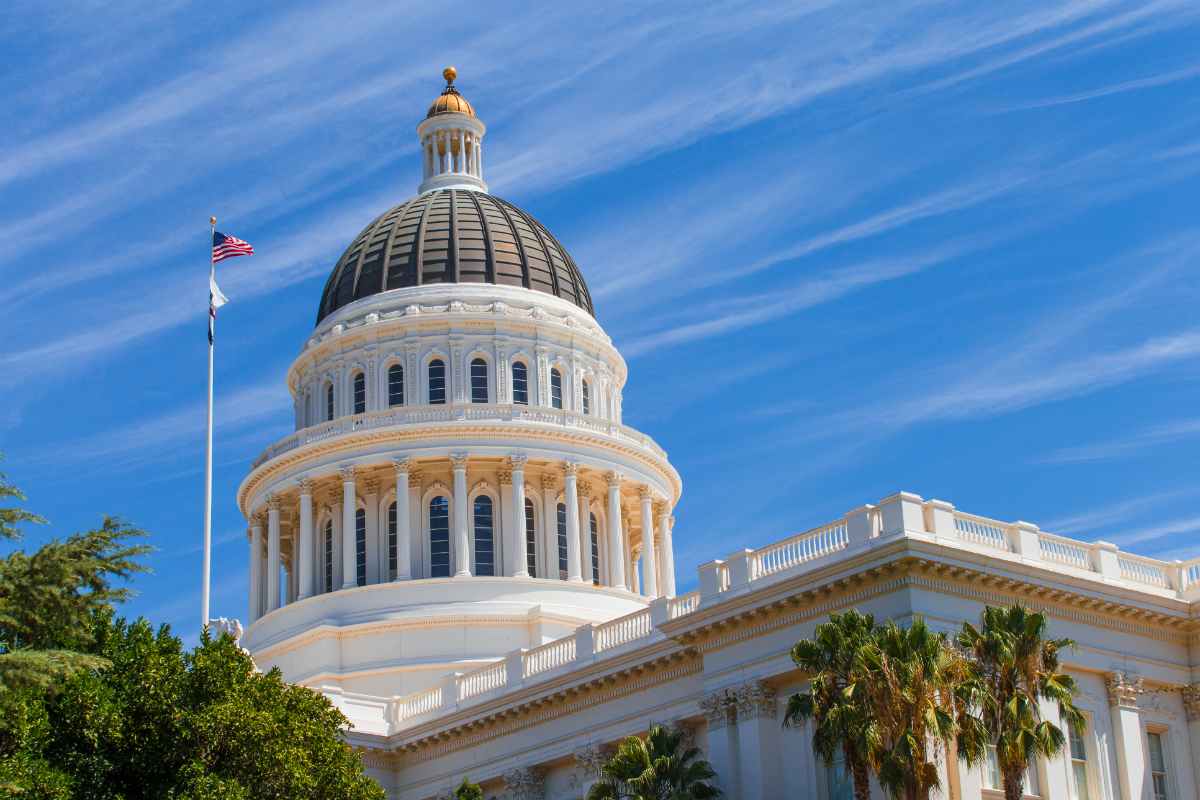The 2020 Presidential election is just a couple of months away and now is a great time to get students involved and excited about civic engagement. The last two weeks of September are also designated High School Voter Education Weeks. Given the backdrop of COVID-19 and heightened awareness of systemic inequities, students may have even more to share and contribute than in a typical election year. Let their voices be heard by participating in the 2020 California Student Mock Election, hosted by California Secretary of State Alex Padilla and State Superintendent of Instruction Tony Thurmond. The Student Mock Election will be held on Oct. 6, 2020, and is open to high schools and middle schools.
Young people have the potential to be a powerful force in elections, but only if they get involved and make voting a habit. Through the mock election, students will learn about the candidates, issues and discover how government and politics affect every part of their lives. They will gain firsthand knowledge of how citizens make their voices heard in this democracy, and experience the power of their votes when they are joined by thousands of California students and millions more across the United States who will vote in student mock elections this year.
To participate, schools need to select a Mock Election Coordinator and register their school. The coordinator serves as the school’s primary contact to receive and distribute updates on the Student Mock Election to participating teachers and report the final schoolwide vote tally to the Secretary of State’s office. Digital resources have been prepared for this year’s special circumstances due to COVID-19. Schools must register by Sept. 30 to participate. Two different electronic ballot options — a Google Forms ballot and a fillable PDF ballot — along with complete instructions on how to use them, will be emailed to each registered Mock Election Coordinator beginning mid-September.
Engaging, standards-based lesson plans and activities, selected for the Student Mock Election by the Constitutional Rights Foundation on behalf of the California Campaign for the Civic Mission of Schools, can help teachers prepare their students to become informed and involved voters. The website’s mock election tools and resources include standards-based lessons and activities, ballots, posters and “I Voted” sticker templates and the Secretary of State’s Official Voter Information Guide.
Virtual voter registration drive
Another way to get students excited about civic engagement this year is to help them host an online voter registration drive. In California, preregistration is available to eligible 16- and 17-year-olds. California youth who preregister to vote will have their registration become active once they turn 18. Students can preregister online at the California Secretary of State Online Voter Registration web page at https://registertovote.ca.gov.
High school poll workers
According to the U.S. Election Assistance Commission, 58 percent of poll workers in the 2018 general election were over 60, an age that is linked to a higher risk for complications with COVID-19. Some early primary states experienced a shortage of election workers and election experts fear a massive shortage for the general election.
California Elections Code section 12302 allows eligible high school students to serve as poll workers on Election Day. Student poll workers learn firsthand how elections are run and provide much needed support at polling place locations. They end their day with a better understanding of the importance of voting and the vital role poll workers play in making our elections run smoothly. County elections officials may assign up to five high school students to serve as poll workers in each election precinct and students may receive a stipend. Students work under the direct supervision of appointed adult poll workers. While the high school students will not be replacing missing poll workers, the experience could lead to a desire to continue staffing polling places in future elections.





